Description
Three restored slave cabins remain from Hamilton Plantation on St. Simons Island. The Cassina Garden Club restored two of the cabins with stucco walls and with authentic artifacts to illustrate the lives of slaves. Each cabin has a fireplace in the center, which acted as a divider to create two rooms for two families.
History
Hamilton Plantation, started around 1793 by James Hamilton, was located on Gascoigne Bluff, overlooking Frederica River and the site of Georgia’s first naval base. The plantation burned in 1890 and was replaced by a lumber mill. By 1950 the Methodist Church had purchased much of the land for their retreat, Epworth By the Sea (including one of the cabins), and the Cassina Garden Club became stewards for the other two cabins.
Location
GPS: N 31°10.238 and W 81°24.430
Address: 1000 Arthur J. Moore Drive, St. Simons Island, GA 31522
Accessibility: Operated by the Cassina Garden Club, the two cabins are open to the public during June-August on Wednesday mornings from 10:00am to noon, during the club’s special events, and by request from groups visiting the island (see the club’s website at www.cassinagardenclub.org).
Three restored slave cabins remain from Hamilton Plantation on St. Simons Island. The Cassina Garden Club restored two of the cabins with stucco walls and with authentic artifacts to illustrate the lives of slaves. Each cabin has a fireplace in the center, which acted as a divider to create two rooms for two families.
History
Hamilton Plantation, started around 1793 by James Hamilton, was located on Gascoigne Bluff, overlooking Frederica River and the site of Georgia’s first naval base. The plantation burned in 1890 and was replaced by a lumber mill. By 1950 the Methodist Church had purchased much of the land for their retreat, Epworth By the Sea (including one of the cabins), and the Cassina Garden Club became stewards for the other two cabins.
Location
GPS: N 31°10.238 and W 81°24.430
Address: 1000 Arthur J. Moore Drive, St. Simons Island, GA 31522
Accessibility: Operated by the Cassina Garden Club, the two cabins are open to the public during June-August on Wednesday mornings from 10:00am to noon, during the club’s special events, and by request from groups visiting the island (see the club’s website at www.cassinagardenclub.org).


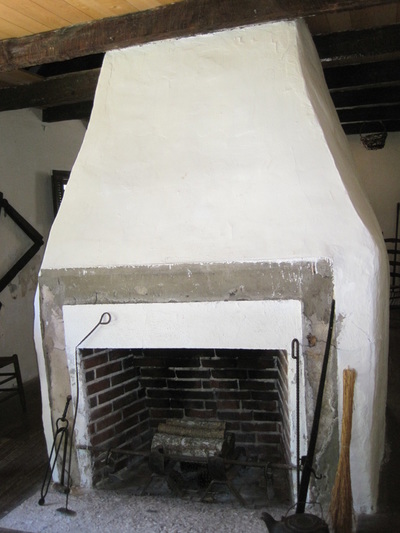


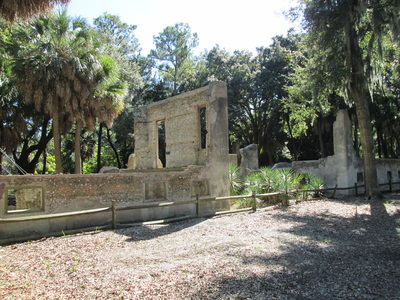
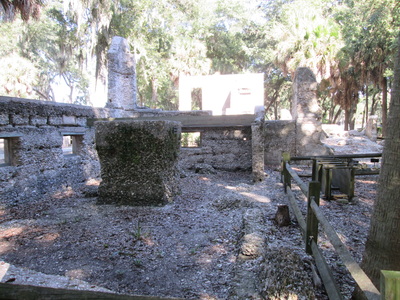
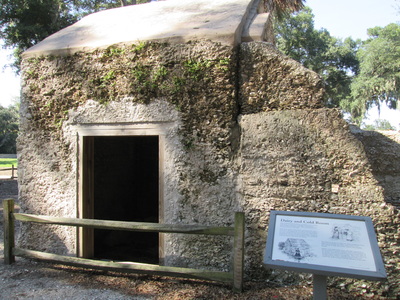
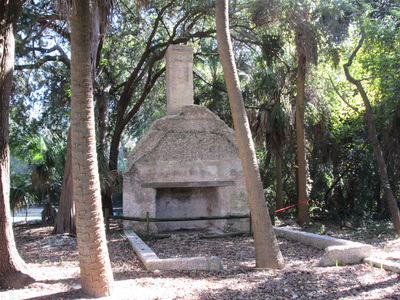
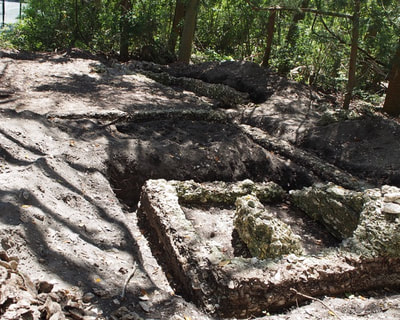
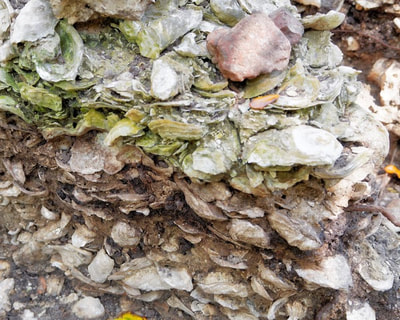
 RSS Feed
RSS Feed
